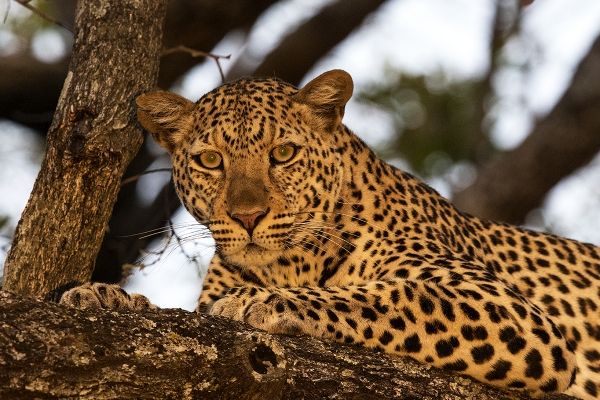A study of camera-trap data from Serengeti National Park in Tanzania found that leopard population densities in the 3.7-million-acre park are similar to those in other protected areas but vary between wet and dry seasons. The fluctuations appear to be driven by the abundance of prey and how this affects interactions with other large carnivores like lions, researchers report.
Despite the long history of wildlife research in the Serengeti, this is the first peer-reviewed study of leopard densities in the park, said Max Allen, a carnivore ecologist with the Illinois Natural History Survey at the University of Illinois, Urbana Champaign who led the research. Allen and his team analyzed data from Snapshot Serengeti, a large collaborative effort that uses hundreds of camera traps to collect data on large cats and other wildlife in the Serengeti. The team published the new findings in the journal Biodiversity and Conservation.
“In the wet season, when potential prey species like Thomson’s gazelle and impala are available in abundance, leopards appear at higher densities,” Allen said. “In the dry season, leopards seem to work harder to avoid other large carnivores that compete with them for less abundant food.”
Continue reading at University of Illinois.
Image via Michael Jeffords and Sue Post.


